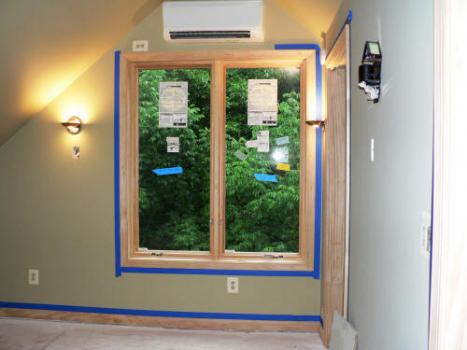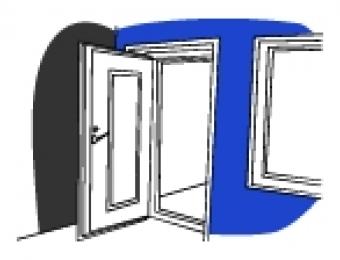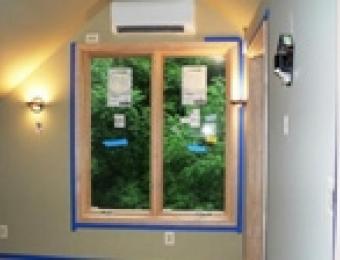Changes to the Building Code mean that home theatres, like all other rooms in a new house, now need to include a certain amount of access to natural light and fresh air. But what does this mean for acoustics?

Why are windows necessary in home theatres?
In general, windows are seen as kryptonite to home theatres: “They provide very little isolation, resonate and reflect,” says Ultrafonic director and acoustic engineer Andrew Steel. But, changes to the Building Code of Australia (BCA) dictate that home theatres are by definition 'habitable rooms', and therefore require permanent access to fresh air and natural light, most commonly in the form of windows.
In particular, installers, builders and home owners should take heed of new wording in the BCA – Volume 2, page 421 – Ventilation: Acceptable construction practice – Ventilation requirements, and page 419 – Light, which says natural lighting and air must be provided to all habitable rooms in a Class 1 building, with the glazed panel or opening not less than 10% of the floor area.
The reason that the Australian Building Codes Board insists on windows in these rooms is to prevent what's known as ‘sick building syndrome’ – a phenomenon that occurs when there's not enough natural light or ventilation in a home – of course, the problem isn't likely to affect home theatres, but the rule applies nonetheless.
What sort of windows should be used in home theatres?
“A window acts like a bass absorber, which itself is a good thing,” Andrew says. “However, it also acts like a resonator and a reflector, which is a very bad thing. “To remove these acoustic distortions from a room requires blocking the window with something solid, which defeats the purpose of having a window. If windows are at spots in the room where critical reflections are located, or where critical diffusion is required, the installer or theatre designer will have to block the window, perhaps with a removable or hinged solid panel and then put an absorber of diffuser on the back of it.”
For this reason, it is almost never ideal to include windows in the design of a home theatre. “However, windows can be dealt with. We have done some massive projects where, for example, a great view was available. But to actually soundproof them and also have motorised treatments that cover them when the theatre is in use is likely to cost tens of thousands of dollars.
“Soundproofing glass at 40Hz is very difficult. The only real practical way is to cover it with something solid and damped, like MDF with Green Glue, and have it sealed with door seals.”
Doors and other permanent openings
Aside from windows, the BCA states a door (leading outside) or permanent opening could also be used to meet the Code, but are doors or permanent openings better or worse than windows?
“Permanent openings in the right place can be dealt with acoustically,” Andrew says. “In the wrong place, however, they would be disastrous. “Permanent openings mean there is almost zero soundproofing. Even a small permanent opening, just one, could render a highly soundproof room no longer soundproof.
“Doors are fine; they are much easier to soundproof than windows. But if two doors are required then it can be hard to find a place to put them.” Single doors, no matter what you do, are not very soundproof. Two doors with a damped cavity can be very soundproof though.
“Ultimately, it is best to keep the windows as small as possible, and keep them at the back of the room at the sides, not on the back wall. Also, keep the panes as far apart as possible, certainly no less than 100mm. “And don't get sucked in to spending money on double glazed ‘soundproof’ windows as they are not soundproof at low frequency. Windows for a home theatre need to be made to fit. Never triple or quadruple glaze – it is not as effective as the same amount of glass in two thicker panes.”





